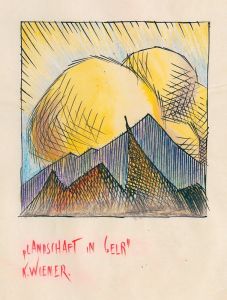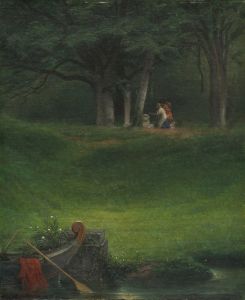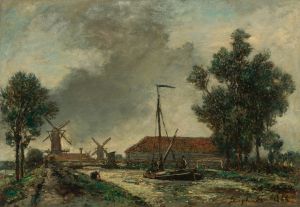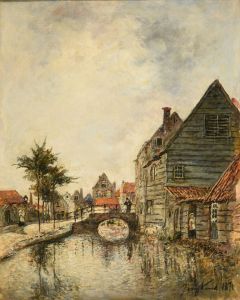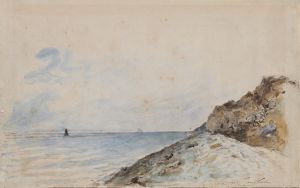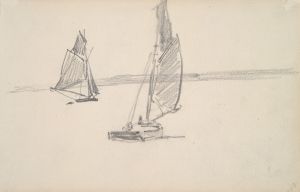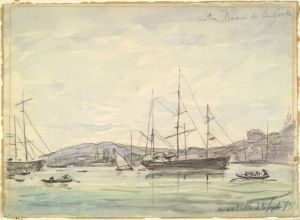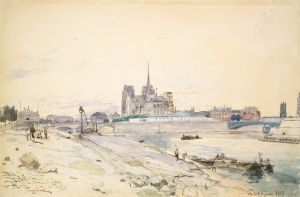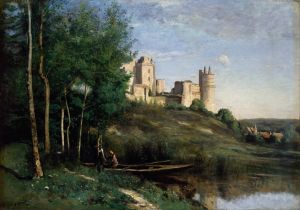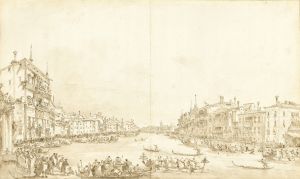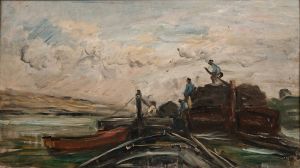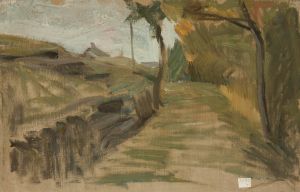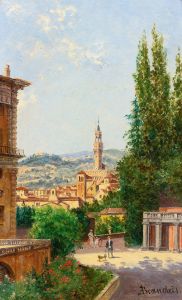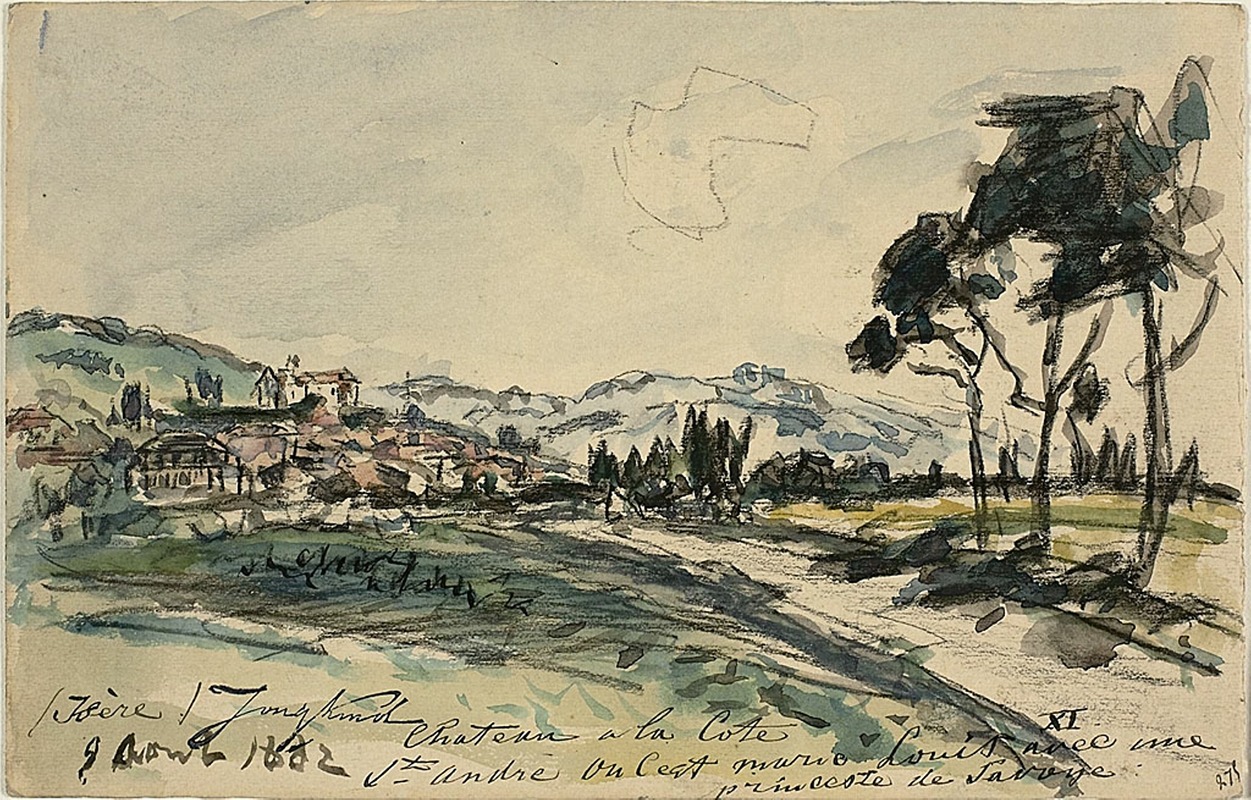
Chateau, Cote Saint Andre
A hand-painted replica of Johan Barthold Jongkind’s masterpiece Chateau, Cote Saint Andre, meticulously crafted by professional artists to capture the true essence of the original. Each piece is created with museum-quality canvas and rare mineral pigments, carefully painted by experienced artists with delicate brushstrokes and rich, layered colors to perfectly recreate the texture of the original artwork. Unlike machine-printed reproductions, this hand-painted version brings the painting to life, infused with the artist’s emotions and skill in every stroke. Whether for personal collection or home decoration, it instantly elevates the artistic atmosphere of any space.
Johan Barthold Jongkind was a Dutch painter known for his significant contribution to the development of Impressionism. Born on June 3, 1819, in the Netherlands, Jongkind spent much of his career in France, where he became associated with the Barbizon School and later influenced the Impressionist movement. His work is characterized by his innovative use of light and color, capturing landscapes and urban scenes with a distinctive atmospheric quality.
One of Jongkind's notable works is "Chateau, Cote Saint Andre," which exemplifies his skill in landscape painting. This piece captures the serene beauty of the French countryside, a subject that Jongkind frequently explored in his art. The painting depicts a chateau, a type of French manor house or castle, situated in the region of Côte-Saint-André. This area is located in southeastern France, known for its picturesque landscapes and historical architecture.
Jongkind's approach to painting was innovative for his time. He often worked en plein air, or outdoors, which allowed him to observe and capture the changing effects of light and atmosphere directly from nature. This method was a precursor to the techniques later adopted by the Impressionists. In "Chateau, Cote Saint Andre," Jongkind's use of light is particularly noteworthy. He employs a delicate palette to convey the subtle interplay of light and shadow across the landscape, creating a sense of depth and tranquility.
The composition of the painting reflects Jongkind's keen eye for detail and balance. The chateau is positioned prominently within the scene, surrounded by lush greenery and expansive skies. Jongkind's brushwork is both precise and expressive, capturing the textures of the natural environment with a sense of immediacy and movement. This ability to convey the essence of a scene with such clarity and emotion is a hallmark of Jongkind's style.
Jongkind's influence on the Impressionist movement is well-documented. Artists such as Claude Monet and Alfred Sisley admired his work and were inspired by his techniques. Monet, in particular, credited Jongkind with teaching him how to see and interpret the effects of light on the landscape. Jongkind's emphasis on capturing the transient qualities of nature laid the groundwork for the Impressionists' focus on light and color.
"Chateau, Cote Saint Andre" is a testament to Jongkind's mastery of landscape painting and his role as a bridge between traditional and modern approaches to art. While Jongkind may not have achieved the same level of fame as some of his Impressionist successors during his lifetime, his contributions to the art world have been increasingly recognized and appreciated over time.
Today, Jongkind's works are held in high regard and can be found in major art collections and museums around the world. His paintings continue to be studied and admired for their innovative techniques and their ability to capture the beauty and essence of the natural world. "Chateau, Cote Saint Andre" remains a fine example of Jongkind's artistic legacy, showcasing his unique vision and his enduring impact on the evolution of modern art.





